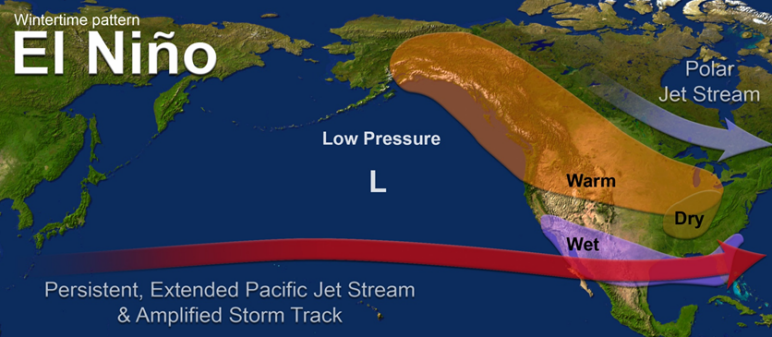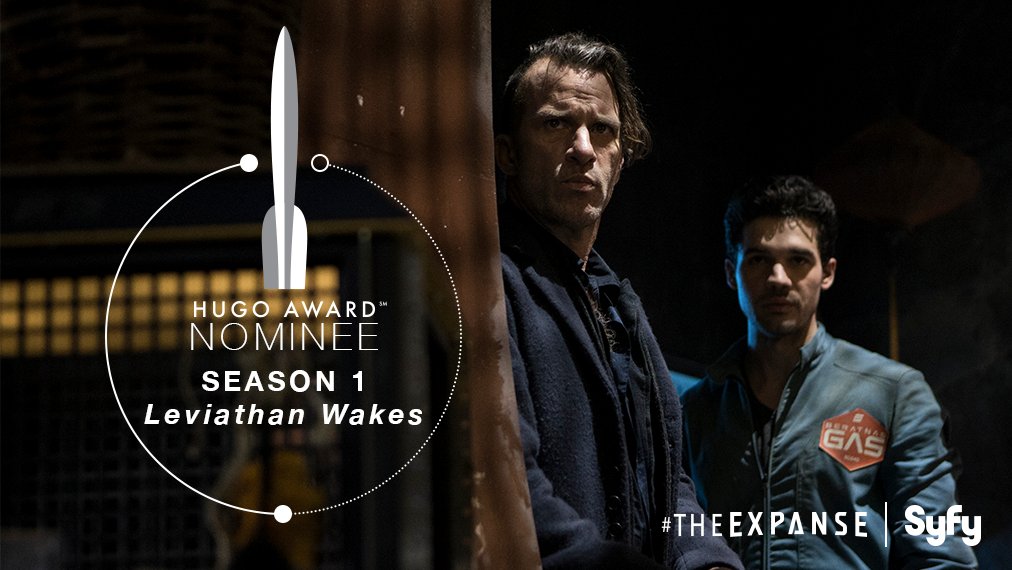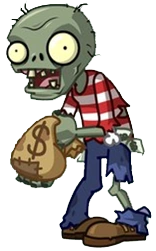
I left off
Part I of When did speculative fiction go 'mainstream'? What the critics think with a hypothesis and my plans to test it.
Having looked at some of the previous studies of when science fiction and other speculative fiction genres becoming mainstream, I now have an alternative claim from Greer's that the mainstreaming of speculative fiction genres started happening by the early 1970s if not by 1960. Stay tuned for my testing that hypothesis by using another data series and a slighly different criterion. On Tuesday, I plan to use the Publishers Weekly lists of bestselling novels in the United States and Lists of The New York Times Fiction Best Sellers to determine when science fiction and other speculative fiction genres became mainstream from the perspective of the book-buying public instead of the critics.
Before 1942, the New York Times Fiction Best Sellers list did not cover book sales outside of the New York City area. On the other hand, the Publishers Weekly list of best sellers goes back to the 1890s. Since it does not cover all of the last decade of the Nineteenth Century, I will examine it from 1900 to the present before also examining the New York Times list.
There are some false positives between 1900 and 1942, the first of which is "
Mr. Britling Sees It Through" by H. G. Wells from
1917. Despite the author, this is not a science fiction novel. It's a mainstream story about England during the early years of World War I. Therefore, the author broke through, but not the genre he helped to create. Another is "
Seven Gothic Tales" by Henrik Ibsen from
1934 and "
It Can't Happen Here" by Sinclair Lewis from
1936. Even though the first doesn't claim to be science fiction at all, I mention this collection of spooky but not especially supernatural short stories because it because it foreshadows the taste for horror fiction that will become important at the same time science fiction breaks through to the mainstream. The anti-fascist work of Sinclair Lewis is closer to the mark, as it is definitely speculative fiction, but not science fiction. Even so, it has lessons that apply to the present day. As
Charlottesville's violence points out, it can happen here.
Actual science fiction first appears on the Publishers Weekly list in
1957 when two novels make the annual top ten, "
Atlas Shrugged" by Ayn Rand and "
On the Beach" by
Nevil Shute. The first is explicitly a work of science fiction as it uses the effects of not yet invented materials and technologies to help move the plot and poses
the science fiction plot premises of "what if," "if only," and "if this goes on." The second examines the effects of an already existing technology, the atomic bomb, and asks "what if?" It also examines a post-apocalyptic world, a science fiction staple. That written, it was not the science fiction elements that made either of them popular. "Atlas Shrugged" is about Ayn Rand's political philosophy, not Reardon metal, while it was the examination of how the characters reacted to their situation that made "On the Beach" gripping, not the science of nuclear war. In addition, both authors were established in mainstream literature, Rand for "The Fountainhead" and Shute for a myriad of works including "A Town Like Alice." So, like Anthony Burgess writing "A Clockwork Orange," Rand and Shute found science fiction a reputable enough genre to write in and readers found the genre respectable and interesting enough to buy, so long as established mainstream writers were producing it. As a breakthrough of genre authors writing genre fiction finding mainstream acceptance that both Greer and I are talking about, the success of "Atlas Shrugged" and "On the Beach" comes as a false dawn.
The Cold War formed the environment in which both "On the Beach" and "Atlas Shrugged" were written and received, the former explicitly and the latter implicitly, and the contest between the superpowers continued to inspire speculative works that reached the best seller lists during the next decade.
1962 saw both "
Seven Days in May" by Fletcher Knebel and Charles W. Bailey II and "
Fail Safe" by Eugene Burdick and Harvey Wheeler. The former harkened back to "It Can't Happen Here" as a political cautionary tale while the latter echoed the nuclear war fears of "On the Beach." Both ask "what if" and wonder what happens "if this goes on," so they are based on science fiction plot ideas. However, neither is really science fiction, even though the first takes place a decade after it was written and the second settled a lawsuit by the author of "Red Alert," which became the basis for "Dr. Stranglove," which is definitely science fiction; the movie won the
Hugo Award for Best Dramatic Presentation in 1965. On top of which, both were written by mainstream authors like Burdick, who also wrote "The Ugly American." The same is true of "
The Shoes of the Fisherman" by Morris West from
1963. Again, a false positive.
The same can be said about
1964's "
You Only Live Twice" and
1965's "
The Man with the Golden Gun," both James Bond novels by Ian Fleming. While
I have said that the Bond movies are science fiction, the Bond novels, at least these two, are not. Close, but no cigar. However, that these particular Bond Novels show up on the bestsellers list shows another trend, that of movies prompting book sales. I might have more to say about that later.
The real breakthrough for speculative fiction happened in
1967, but not for science fiction. Instead, "
Rosemary's Baby" by Ira Levin made horror part of the mainstream, at least as far as the book-buying public was concerned. Horror, not science fiction or fantasy, eventually becomes the dominant speculative fiction genre on the bestsellers lists in the U.S.
As for science fiction by genre authors,
1969 saw a breakthrough with "
The Andromeda Strain" by
Michael Crichton. He may have been a bit too mainstream for the science fiction fans and writers, as they never nominated him for his novels. However, that didn't stop them from nominating the films and screenplays he co-wrote, as "The Andromeda Strain" was nominated for
Best Dramatic Presentation at the 1972 Hugo Awards. The original "
Westworld" movie was nominated for both the Hugo and the
Nebula Award for Best Script in 1974, and "
Jurassic Park" won the Hugo in 1994. That makes him genre enough for me.
Speculative fiction skipped 1970, but shows up on both the Publishers Weekly annual list and the
New York Times Best Sellers list in 1971 with "
The Exorcist" by William Peter Blatty, the first speculative fiction novel to appear at number one on the latter list.* Remember, horror is the dominant speculative fiction genre on the U.S. bestseller lists. If I count "
Jonathan Livingston Seagull" by Richard Bach as a fantasy, every year from 1971 on has at least bestselling speculative fiction novel on one or both of the bestsellers lists. Even if I don't, it becomes every year since 1973 with Kurt Vonnegut's "
Breakfast of Champions," at least nominally a science fiction book. At least according to the book-buying public, science fiction went mainstream between 1969 with "The Andromeda Strain" and 1973 with "Breakfast of Champions." That's definitely earlier than Greer's "late 1970s" although he could argue he's using a different criterion than I am.
I'll get around to a part III next month, after the Emmy Awards. Stay tuned for more posts of mine on the best in political television throughout the week.
*I've referenced "The Exorcist" once before in
May Pazuzu curse the Sith Jihad.


























